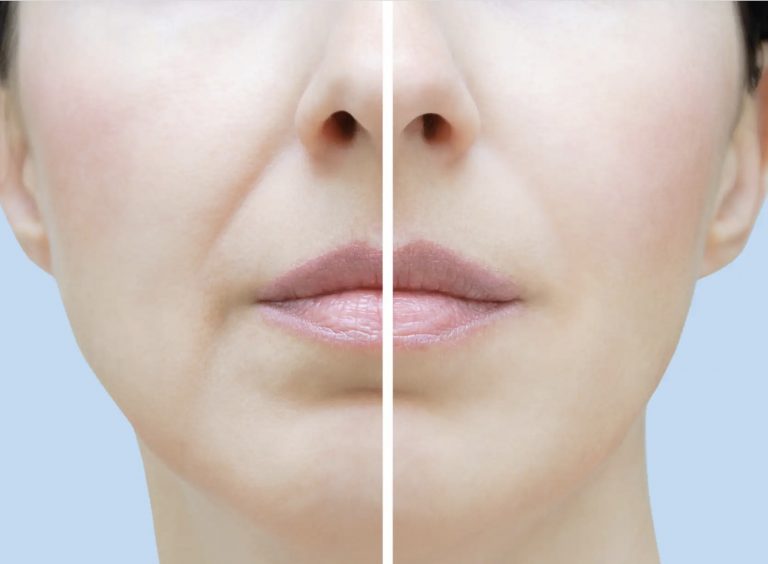Nasolabial folds, also known as smile lines, are the creases that run from the sides of your nose to the corners of your mouth. They can be caused by a variety of factors, such as age, genetics, and sun exposure. While nasolabial folds are a natural part of the aging process, many people choose to have them treated with filler injections. In this post, we will discuss the causes and treatments for nasolabial folds.
Story Stages
What are nasolabial folds and what causes them to form?
Nasolabial folds are the lines that run from the sides of your nose to the corners of your mouth. They can be caused by a variety of factors, including aging, genetics, sun exposure, and smoking.
As we age, our skin loses its elasticity and begins to droop. This is especially noticeable in the nasolabial folds, which are some of the first places on our face to show signs of aging. Genetics can also play a role in the formation of nasolabial folds. If your parents had them, you’re more likely to have them too.
Sun exposure and smoking can also cause nasolabial folds to form prematurely. Sun exposure damages the skin cells and reduces collagen production. Smoking also damages skin cells and prevents the body from producing new ones.
What treatments are available to reduce their appearance or get rid of them altogether?
There are a few different ways to reduce the appearance of nasolabial folds. You can try nasolabial folds filler injections, laser treatments, or surgery.
Filler injections are a popular treatment because they are relatively affordable and the results are usually pretty good. However, the downside is that they need to be repeated every few months in order to maintain the desired effect.
Laser treatments are another option, and they tend to be a bit more expensive than filler injections. But unlike fillers, lasers typically only need to be done once or twice to achieve the desired result.
Finally, surgery is an option if you want a more permanent fix for your nasolabial folds. But it’s also the most expensive and invasive option.
What can you do to prevent nasolabial folds from forming in the first place?
There are many things you can do to prevent nasolabial folds from forming in the first place. First, applying a broad spectrum sunscreen of at least 30 SPF every day will help to protect your skin from sun damage, which can lead to the breakdown of collagen and elastin, two key components of healthy skin. Second, using a good quality anti-aging moisturizer will help to keep your skin hydrated and plump, which will also help to prevent the formation of lines and wrinkles. Finally, if you smoke cigarettes, it’s time to quit! Smoking is one of the leading causes of nasolabial folds, as it causes the skin around the mouth to lose its elasticity.
How long do the results of treatment last, and are there any potential side effects associated with them?
The results of nasolabial folds filler treatment generally last between six and twelve months, although this can vary depending on the type of filler used and individual circumstances.
As with any medical procedure, there are potential side effects associated with nasolabial folds filler treatment. These can include swelling, redness, bruising, pain, and itching. It is important to discuss all potential risks and side effects with your doctor before undergoing treatment.
How do you know if you need treatment for your nasolabial folds and where can you go for advice/help on this matter?
If you’re considering filler treatments for your nasolabial folds, it’s important to consult with a qualified medical professional to ensure that you are a good candidate for the procedure. There are a number of factors that will be taken into consideration, such as the depth of your nasolabial folds, the amount of skin laxity in the area, and your overall goals for treatment. Once you’ve consulted with a medical professional and decided that fillers are right for you, there are a few different options available in terms of filler types and injection techniques. Again, your doctor will be able to advise you on which option is best suited for your individual needs.
